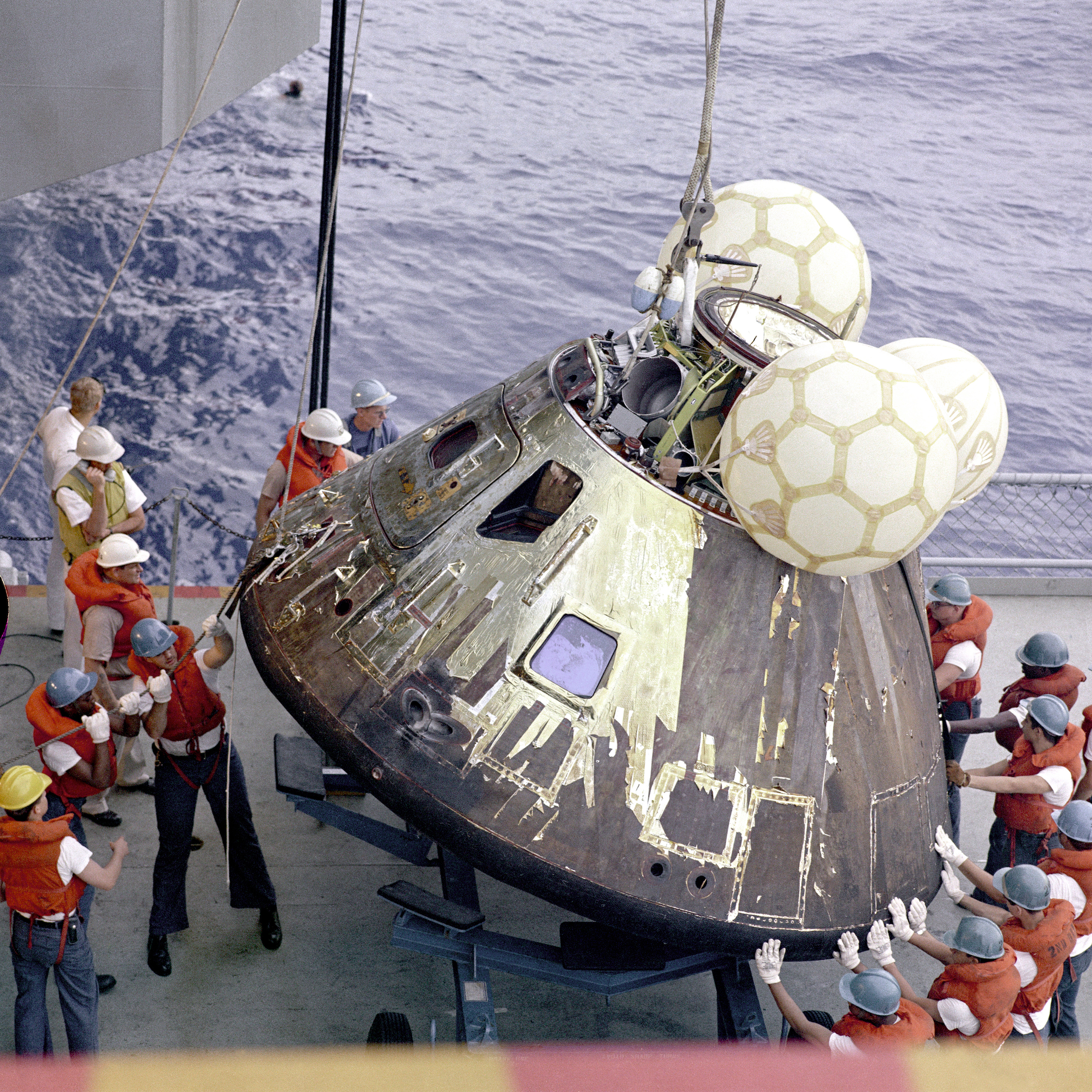TechCrunch Space: True Anomaly and Rocket Lab will make big moves on orbit (literally)
Hello and welcome back to TechCrunch Space. I hope everyone had a great time at Space Symposium! Hopefully I’ll see you there next year.
Want to reach out with a tip? Email Aria at aria.techcrunch@gmail.com or send me a message on Signal at 512-937-3988. You also can send a note to the whole TechCrunch crew at tips@techcrunch.com. For more secure communications, click here to contact us, which includes SecureDrop instructions and links to encrypted messaging apps.
The Space Force has contracted out its next “responsive space” mission, and this one is a doozy. The two awardees, Rocket Lab and startup True Anomaly, will each build and launch spacecraft that will conduct rendezvous and proximity operations on orbit.
In the Space Force’s words: “The vendors will exercise a realistic threat response scenario in an on-orbit space domain awareness demonstration called Victus Haze.”
The two companies will have to operate under intentionally tight time frames, too — the first responsive space mission from Firefly Aerospace and Millennium Space set new records in terms of launch readiness — so we’ll definitely follow this mission closely when it launches next year.

Image Credits: Sam Toms and Simon Moffatt
Confidential financial statements from SpaceX for 2018 and 2019 capture an early glimpse at the degree to which the company is likely dependent on its Starlink business unit, and bringing the Starship rocket online, to become cash flow positive.
While the comprehensive balance sheets are five years old, they provide an intimate look inside the operations of arguably one of the most important, and secretive, private companies in the U.S.

Image Credits: Michael Gonzalez / Getty Images
I was very interested to see this reporting from Bloomberg on Starlink’s profitability — or not. It’s a really nice complement to my scoop above: Taken together, the two stories tell a tale about the importance of Starlink as a revenue-driver for the company’s longer term, and considerably ambitious, plans to colonize Mars.

How many is too many? Starlink dishes in a line on a Celebrity Cruises ship. Image Credits: Celebrity Cruises
Houston, we have a problem…
This week’s space history segment is dedicated to the Apollo 13 mission, which launched on April 11 and returned to Earth on April 17. The three-person crew was destined for the moon, but those plans were swiftly put to an end when an oxygen tank in the service module ruptured two days after launch.

The prime recovery ship for the Apollo 13 mission hoists the Command Module aboard the ship. Image Credits: NASA / Getty Images




